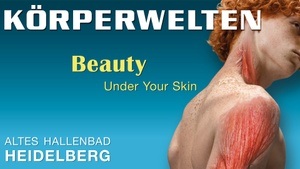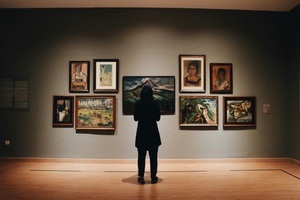Klassiker der Verpackung
In the organizer's words:
The period around 1900 coincided with a number of civilizational changes. The growing prosperity of a broader middle class - a consequence of the economic boom of the Wilhelminian era - led to an increased demand for upmarket goods in the consumer sector. The branded article became established - and with it the need to market the advertised consumer goods in a durable and promotionally effective way for the first time. New methods of food preservation gave rise to new types of products such as sweetened soft drinks or long-life baked goods ("cookies" after "cakes"). These new branded products were expensive.
In 1899, the American social critic Thorstein B. Veblen (1857-1929) commented on the phenomenon of the development of luxury among the newly emerging heterogeneous upwardly mobile classes. Veblen (1857-1929) commented smugly on this phenomenon in his famous book "The Theory of the Leisure Class". The newly acquired wealth was used to provoke "envious comparisons" with those around them through luxury goods. The appearance and attributes of the "idle class" described by Veblen in turn became models of consumption. The new discovery that consumers could gain prestige through the visibility of luxurious brand packaging opened up new target groups for the articles around 1900.
They could afford new consumption habits, which led to new forms of product presentation (cigarette packets, chocolate bars, Coca-Cola bottles). Particularly innovative products at that time also had particularly distinctive packaging, which in some cases has proven to be brand-forming to this day and has therefore survived for over 100 years. Today, products such as Coca-Cola, Erdal, Leibniz, Milka, Odol, Persil or Maggi are also "cult" brands because their unmistakable packaging ensures their uniqueness and market standing.









